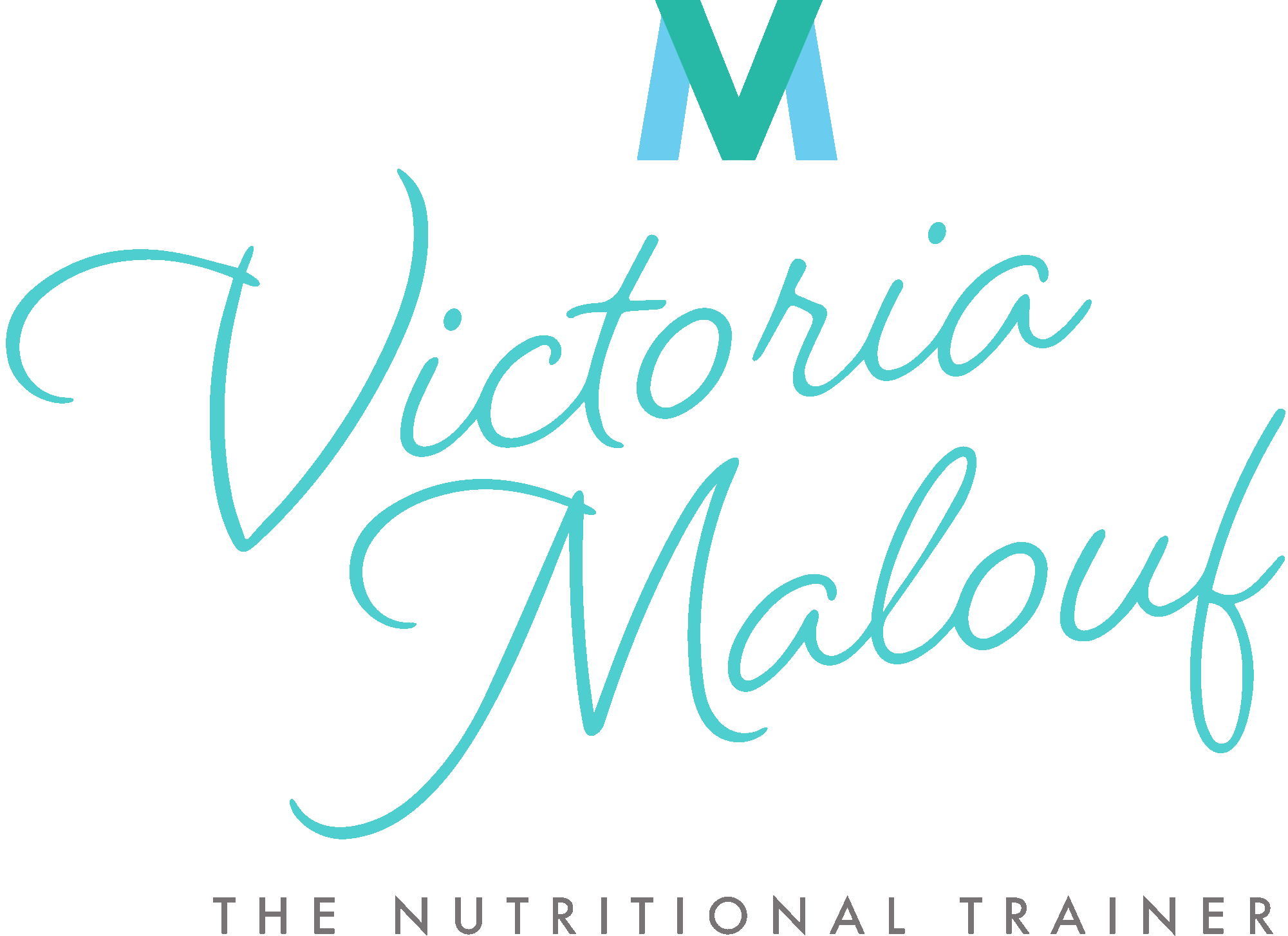How to .. Read food labels
So you go to the supermarket and with the best intentions, you turn over the labels of two products to read the nutrition label to see which is better... and you start thinking "What am i actually looking for?"
Believe me, you’re not alone!!! I used to look at nutrition labels as if they were in a foreign language. Hopefully the below will help you to be able to decipher them a bit easier.
Firstly, each label will have a per serve amount and a per 100g measure. Always look at the per 100g column – this allows for comparison between products as each product will have a different suggested serving size.
THE INGREDIENTS LIST
The ingredients are listed from greatest amount to smallest. Use this to check the first three ingredients for foods that are high in salt, sugar or saturated fat.
SUGAR
Sugar will come under carbohydrates. Look for products with less than 10g of sugar per 100g. If the product contains fruit allow for 20g per 100g

Other names for Sugar
Dextrose
Fructose
Glucose
Gloden syrup
Honey
Maple syrup
Sucrose
Malt
Maltose
Lactose
Brown sugar
Caster sugar
Maple syrup
Raw sugar
Sucrose
FAT
Under fat, there will be monounsaturated, polyunsaturated, trans and saturated.
Look for products with less than 10g of total fat per 100g.
For milk, yoghurt and ice cream choose products less than 2g per 100 and for cheese less than 15g per 100g.
Aim for the lowest saturated fat content when comparing products, Less than 3g per 100g is the best

Other names for Fat
Animal Fat
Beef fat
Butter
Chocolate
Milk solids
Coconut
Coconut oil/meat/cream
Copha
Cream
Ghee
Dripping
Lard
Vegetable shortening
FIBER
If a product contains 3-6g of fiber per serve than this is a high fiber product. Aim for the highest fiber content.
SALT (SODIUM)
Try to look for “low salt” or “reduced salt” products. Look for products with less than 400g per 100g. A product can claim to be low salt if there is less than 120g of sodium per 100g.
Other Names for Salt (sodium)
Baking powder
Celery salt
Garlic salt
Meat/yeast extract
Monosodium glutamate
Onion salt
Rock salt
Sodium ascorbate
Sodium bicardonate
Sodium nitrate
Stock cubes
Vegetable salt
WHAT THE FOOD LABEL SAYS VS WHAT IT ACTUALLY MEANS
High protein - Must contain at least 10g of protein per serving
Sugar free - Less than 5g of sugar per serve
Light for fat - 50% less fat than a comparable product
Light for calories - 33% less than comparable product and 50% less fat
Light for sodium - 50% less than a comparable product
Low-fat - 3g or less per serving for solid foods, 1.5g for liquid foods.
Low-calorie - 40 or less calories per serving
Low-sodium (low salt) - 120mg or less per serving
Low-cholesterol - 20mg of less per serving
Fat free - Must be less than 0.15% fat
Low-saturated fat - 1g or less per serving
No added sugar - Product must not contain added sugar but may contain natural sugar
Reduced fat or salt - Must be at least 25% reduction from the original product
Good source of a particular nutrient - Must contain no less than 25% of the RDA for that particular vitamin or mineral.
High Fiber - At least 3g of fiber per 100g
Source of fiber- More than 1g of fiber per 100g can be claimed to be a good source of fiber.
“Light” or “lite” - This does not necessarily mean low in energy or kilojoules. It may mean light in colour, lightly toasted, light in salt, light in taste. So the product must say what it is light in.
"USE BY" VS "BEST BEFORE"
Best before – food with a shelf life of less than 2 years have a best before date. It may still be safe to use these foods after this date, but they have lost some of their nutritional value.
Use by – Foods that should not be consumed after a certain period of time for health and safety reasons. This is generally meat and dairy products.
I hope the above is helpful and you now feel a bit more equiped to be able to look at different food labels and be able to choose the best options :)

